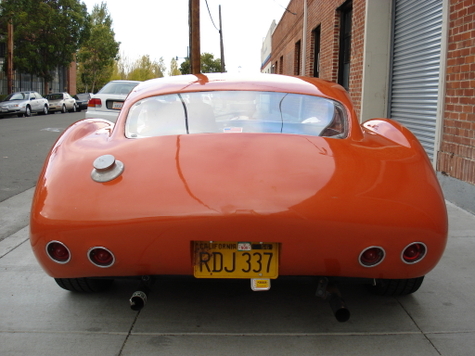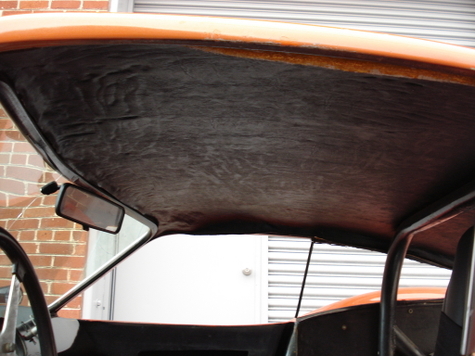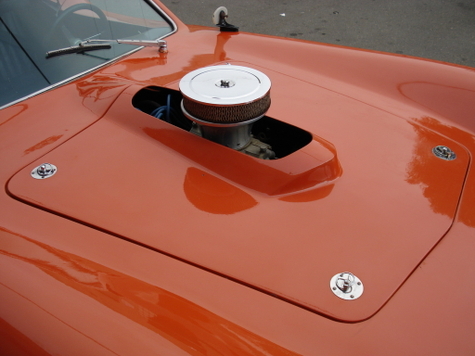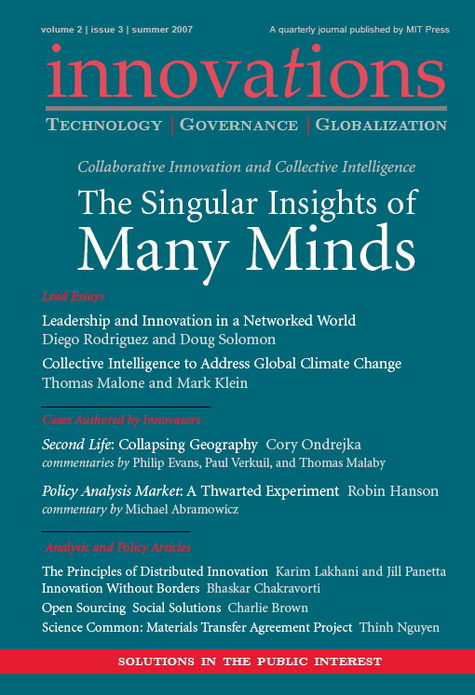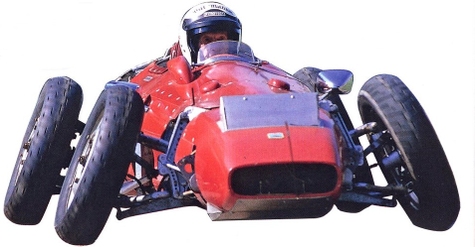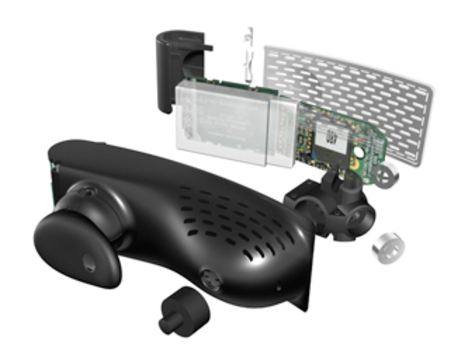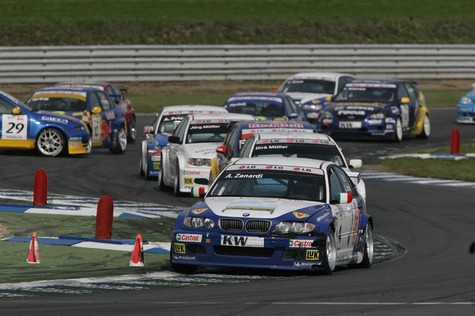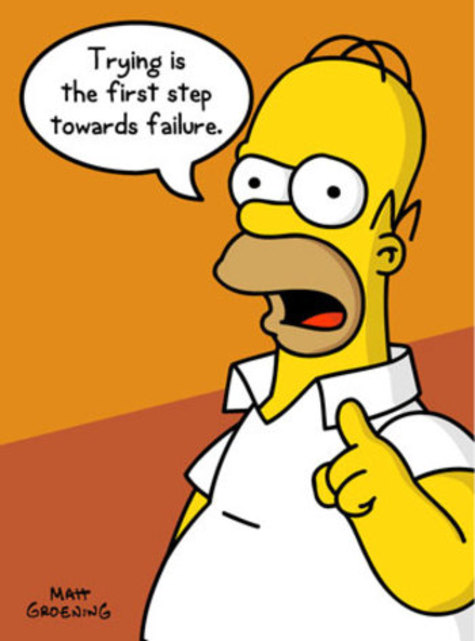Beautiful can be so… boring. The great thing about race cars is that, since style is not a primary design objective, they tend to fall at either end of an aesthetic bell curve: either they’re so gorgeous that no styled object can match their state of perfection (think Ferrari GTO or SR-71), or their ugliness is so extreme that from it rises another kind of beauty, one characterized by exceptions to all norms of classical beautiful (think Panoz Esperante or the first-gen BMW M Coupe). In other words, they are jolie-laide, ugly-beautiful.
There’s so much going on with this Kellison. It’s the Gerard Depardieu of automobiles. For example, check out the squashed roof and the bulbous behind below it. Driving this car would be like living in a flat with low ceilings and one too many overstuffed leather couches from American Furniture Warehouse. Or like walking around the set of Being John Malkovich:
Looking inside, the lack of workmanship is compelling. Lexus? Flawless fit and finish? What is that? Forget about tight panel fits or unbroken surfaces, this thing is all about undulations and unresolved lines and sharp corners that might make you go "ouch":
And that aircleaner, standing proud of the hood like the conning tower on a WWII sub floating somewhere in the Pacific. It’s just there. Standing free and proud, utterly oblivious to all the streamlining floating around it:
Why be beautiful when you could be interesting?
For the adventurous (and masochistic) among you, this particular J-4R is for sale at Fantasy Junction (where these photos were sourced). Props to the upstanding lads at Bring a Trailer for pointing it out.


